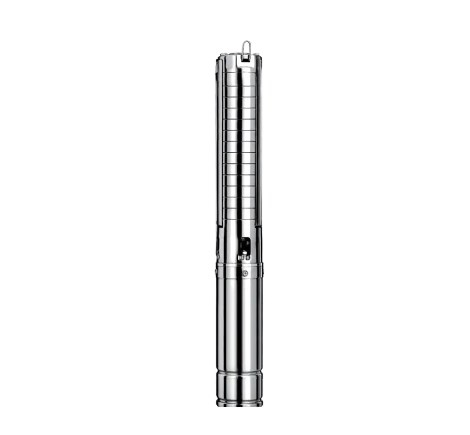The performance of a Solar Pump is highly dependent on the availability of sunlight. Cloudy days, overcast conditions, and low-light environments can significantly reduce the energy input from solar panels, affecting water flow rates, operational reliability, and overall efficiency. Understanding how these conditions impact pumping performance is essential for designing resilient and effective solar water systems.
Impact of Low-Light Conditions
On days with limited sunlight, the energy generated by solar panels decreases, reducing the power available to operate the pump. This may result in slower water flow or intermittent operation, especially if the pump is designed for continuous high-capacity pumping. Low-light conditions also increase the risk of the pump operating below optimal efficiency, potentially causing mechanical strain and higher wear over time.
System Adaptations for Reduced Sunlight
Modern Solar Pump systems often include design features to maintain performance under low-light conditions. Variable frequency drives (VFDs) or smart controllers adjust pump speed to match available energy, ensuring smooth operation and preventing overloading. Energy storage systems, such as batteries or hydraulic accumulators, can store excess energy from sunnier periods, allowing the pump to operate even when sunlight is insufficient. These adaptations help mitigate the impact of cloudy weather on water delivery.
Selection of Solar Panels
The type and configuration of solar panels play a crucial role in low-light performance. Panels with higher efficiency, better low-light response, and appropriate tilt angles can capture diffuse sunlight more effectively. Increasing panel surface area or using tracking systems to follow the sun’s path also improves energy harvest during overcast conditions. Careful selection ensures that the Solar Pump receives adequate power to operate reliably, even when sunlight is not optimal.
Operational Considerations
Operators should consider seasonal variations, geographic location, and typical weather patterns when designing a Solar Pump system. Understanding local sunlight availability allows for appropriate sizing of both the pump and solar array, preventing underperformance during prolonged cloudy periods. Routine maintenance, such as cleaning panels to remove dust or debris, also maximizes energy capture and pump efficiency.
Solar Pump performance can be affected by cloudy or low-light conditions, potentially reducing water flow and operational efficiency. However, system adaptations, including variable speed controls, energy storage, high-efficiency panels, and optimized installation, can mitigate these effects. By considering local climate conditions and employing appropriate technologies, operators can ensure reliable water pumping even under reduced sunlight, maintaining both efficiency and system longevity.
